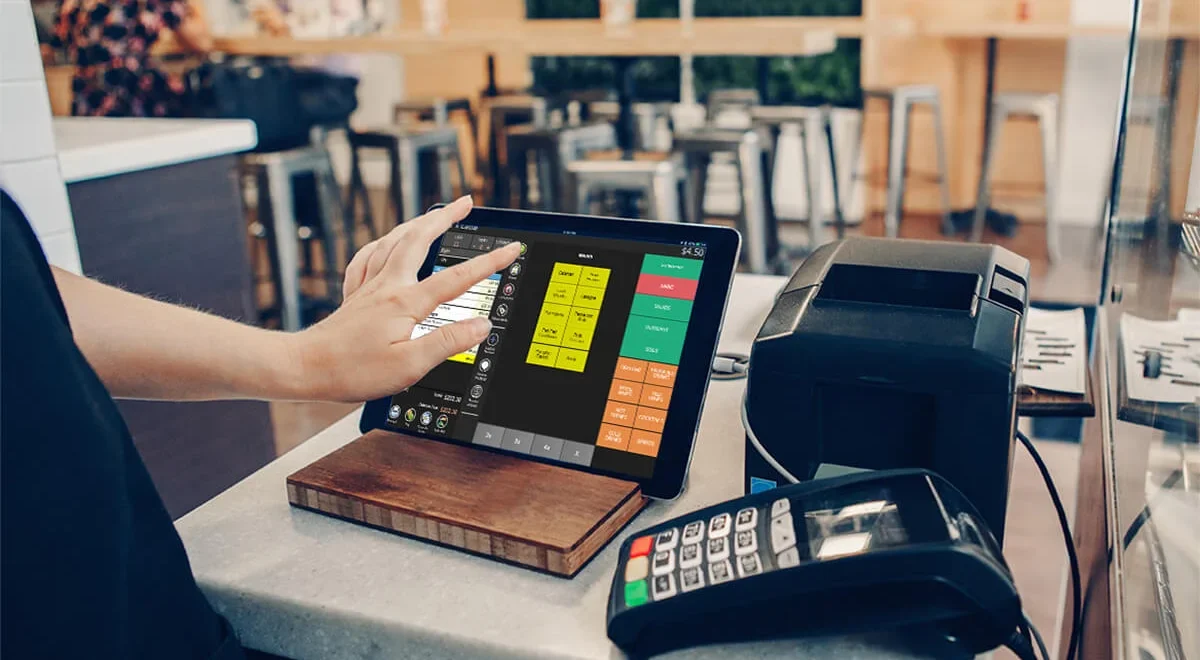The Evolution of the Point of Sale (POS) System: From Cash Registers to Cloud-Based Solutions
The point of sale (POS) system has evolved remarkably from its origins as a basic cash register. From mechanical devices to advanced software platforms, the POS has become essential in modern retail, hospitality, and service industries. This article explores the history, technology, benefits, and future trends of the POS system, highlighting its impact on businesses and consumers.
From Cash Registers to Computerized Systems
The history of the POS system begins with the evolution of the cash register. In 1879, James Ritty invented the first practical cash register to record transactions and deter theft. These early devices were limited in functionality, mainly serving as counting machines.
The advent of computers in the 20th century revolutionized the POS landscape. In the 1970s, the first computerized POS systems emerged, integrating electronic cash registers with basic computer systems. These systems enabled functions like inventory tracking, sales reporting, and limited customer management.
The Rise of Modern POS Systems
The 1990s saw the emergence of sophisticated POS systems with enhanced features and functionalities, characterized by:
- Graphical User Interfaces (GUIs): User-friendly interfaces made operating the POS system intuitive for employees.
- Integrated Barcode Scanners: Barcodes enabled faster and more accurate inventory management.
- Electronic Payment Processing: Credit card terminals and electronic payment gateways simplified transactions.
- Database Management: POS systems began incorporating robust databases to store customer information, sales data, and inventory records.
The Era of Cloud-Based POS Solutions
The 21st century introduced cloud-based POS systems, transforming the industry again. These systems leverage cloud computing to offer:
- Accessibility from Anywhere: Users can access and manage their POS systems from any device with an internet connection.
- Scalability and Flexibility: Cloud-based POS systems adapt to changing business needs, accommodating growth and expansion.
- Real-Time Data and Analytics: Businesses gain access to real-time data on sales, inventory, and customer behavior, enabling data-driven decision-making.
- Reduced Hardware Costs: Cloud-based POS systems reduce the need for expensive hardware investments, lowering upfront costs.
Key Components of a POS System
A modern POS system typically includes several key components:
- Hardware: POS terminal, barcode scanner, receipt printer, cash drawer, and payment terminal.
- Software: Manages core functionalities like order processing, inventory management, payment processing, and reporting.
- Networking: Connects the POS system to the internet and other devices for data sharing and remote access.
- Payment Gateway: Securely processes electronic payments from sources like credit cards, debit cards, and digital wallets.
Benefits of Implementing a POS System
Businesses across various industries benefit significantly from implementing a POS system:
- Increased Efficiency: Streamlines order processing, reducing wait times and improving customer service.
- Improved Inventory Management: Real-time inventory tracking ensures accurate stock levels, minimizing overstocking and stockouts.
- Enhanced Customer Engagement: Enables personalized interactions, loyalty programs, and targeted marketing campaigns.
- Accurate Sales Data: Provides valuable insights into customer buying patterns and product performance.
- Streamlined Payment Processing: Simplifies payment processing, reducing errors and ensuring secure transactions.
- Reduced Costs: Automated tasks and efficient inventory management save time and money.
- Improved Security: Enhances data security, protecting sensitive customer information.
Choosing the Right POS System for Your Business
Selecting the right POS system requires considering your specific business needs. Key factors include:
- Industry: POS systems tailored for specific industries like retail, hospitality, and food service.
- Business Size: Determines the required functionalities and scalability of the POS system.
- Budget: POS systems range from basic entry-level options to comprehensive enterprise-grade solutions.
- Features and Functionality: Choose a system with features like inventory management, customer management, reporting, and integrations.
- Customer Support: Reliable customer support is essential for troubleshooting issues and getting timely assistance.
Trends Shaping the Future of POS Systems
The future of POS systems is driven by several emerging trends:
- Artificial Intelligence (AI) and Machine Learning (ML): AI and ML improve predictive analytics, automate tasks, and personalize customer experiences.
- Omnichannel Retail: Integration with online channels offers seamless customer journeys across physical and digital touchpoints.
- Mobile POS (mPOS): Enables businesses to accept payments and manage transactions from smartphones or tablets.
- Data Security and Compliance: Advanced security measures protect sensitive data and comply with evolving regulations.
- Integration with Third-Party Applications: Enhances functionality and business processes through integrations.
Conclusion
The POS system has come a long way from its origins as a simple cash register. Today, it is a powerful tool that enhances efficiency, streamlines operations, and improves customer experiences. As technology continues to evolve, the POS system will play an even greater role in shaping the future of commerce, driving innovation, and transforming business interactions. By staying abreast of emerging trends and choosing the right POS system, businesses can unlock new growth opportunities and thrive in the competitive landscape of the 21st century.

